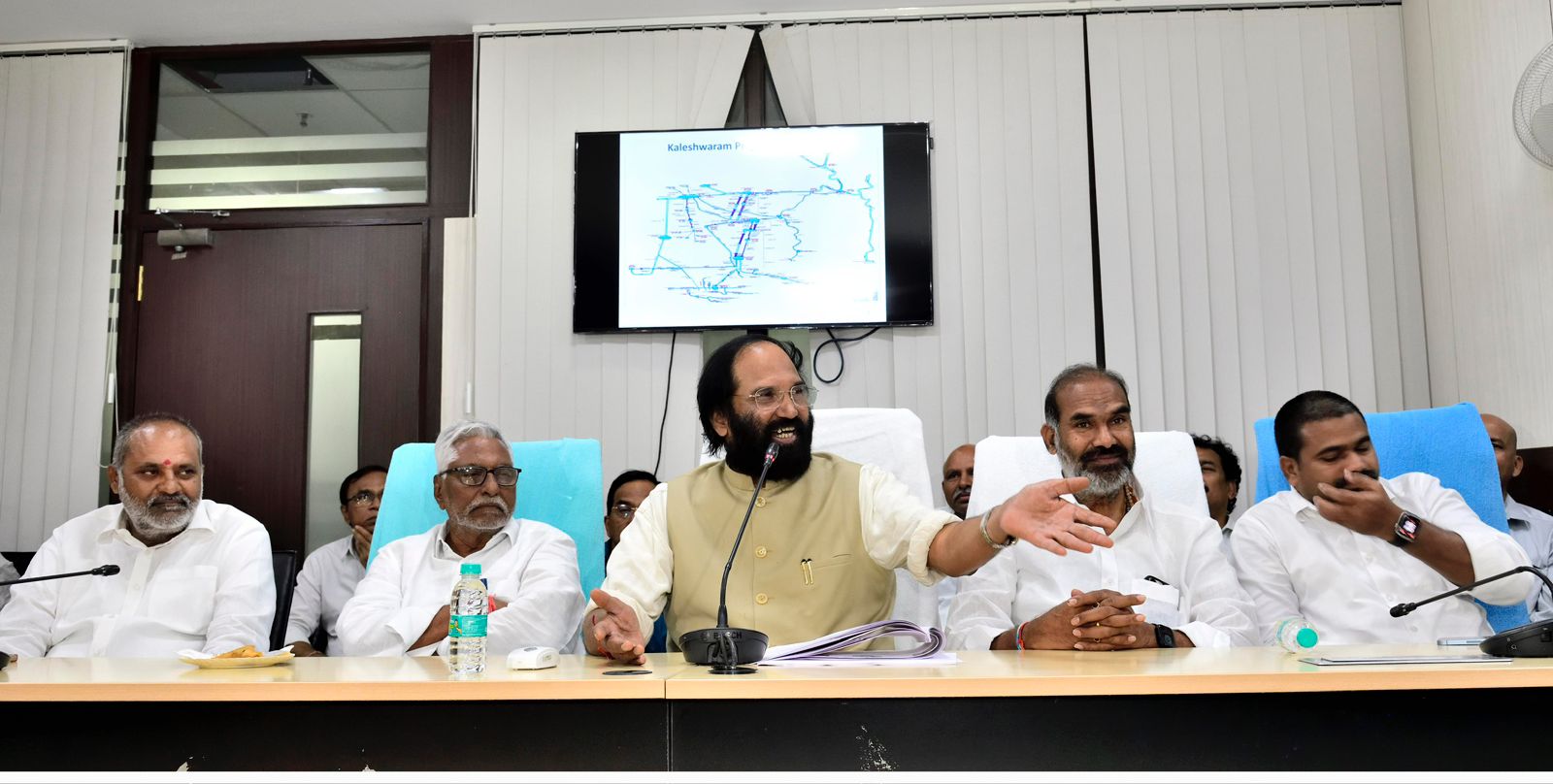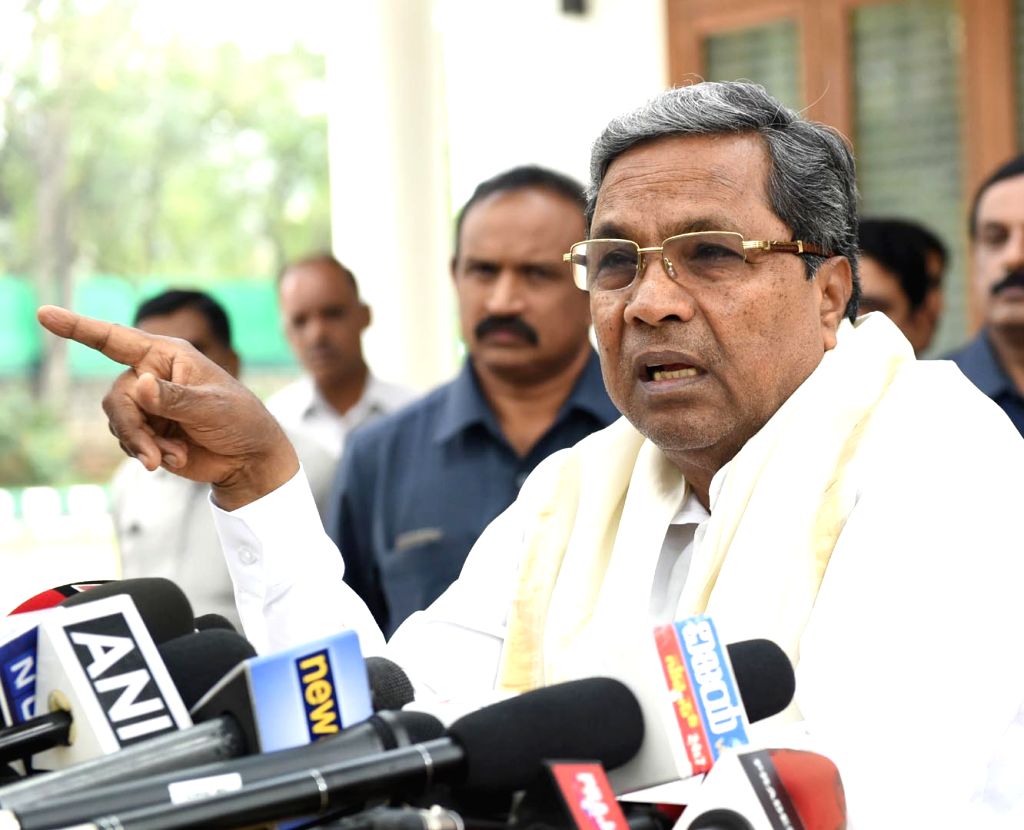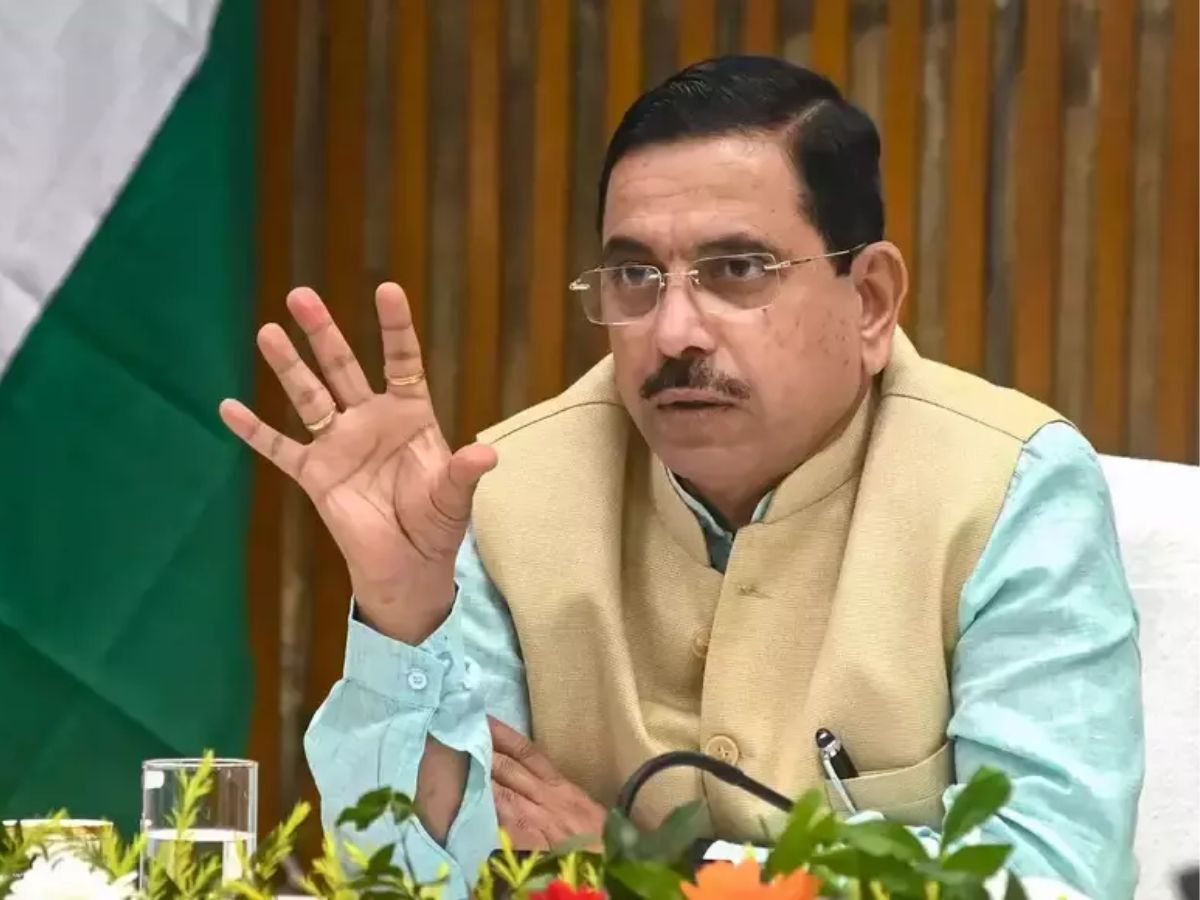Farmer’s woes and possible solutions

(Yerram Venkata Reddy)
Problems of farmers in India are plenty. However, the farmers woes appears to be different, especially from the south to north or east to west. Reasons may be many. But commonly identified problems are; (i) insufficient water resources, (ii) lack of modern farming equipment, (iii) Over dependence on traditional crops, (vi) Poor storage facilities, (v) transportation problems of their produce, (vi) high bank interest rates, (vii) the government schemes not yet reaching small farm-holders and (viii) Multiple crops..
Most of these problems indirectly and directly affect the farmer’s life. Furthermore, farming practices and other aspects of agriculture can take up resources and time. The problems faced by farmers are typically unnoticed in the food industry.
As a result, the farmers across India are demanding waivers on farm loans and higher prices for their crops. For decades now, farming in the country has been blighted by drought, small plot sizes, a depleting water table, declining productivity and lack of modernisation.
Half of its people work in farms, but farming contributes only 15% to India’s GDP. Put simply, farms employ a lot of people but produce too little. Crop failures trigger farm suicides with alarming frequency.
What are the current issues of farmers in India? Average farm size, poor infrastructure, low use of farm technologies and best farming techniques, decrease of soil fertility due to over fertilization and sustained pesticide use, are leading contributors to low agricultural productivity.
Added to that is the erosion of soil by heavy rain, floods, insufficient vegetation cover etc., reduces farm productivity. Inadequate irrigation facilities and poor management of water resources have led to a great decline in agricultural productivity.
In fact, five major problems that have become worriesom to farming community is; (1) Climate Change. Climate change is one of the biggest issues facing farmers today, (2) Pests and Diseases. (3) Soil Degradation, (4) Access To Markets, and (5) Lack Of Financial Resources.
As far as the status of agriculture in India, we are the second largest producer of wheat and rice, the world’s major food staples. We are also currently the world’s second largest producer of several dry fruits, agriculture-based textile raw materials, roots and tuber crops, pulses, farmed fish, eggs, coconut, sugarcane and numerous vegetables.
While agriculture’s share in India’s economy has progressively declined to less than 15% due to the high growth rates of the industrial and services sectors, the sector’s importance in India’s economic and social fabric goes well beyond this indicator.
Another significant phenomena one could witness of late is many farmers leavin farming across the country. They include all marginal cultivators (22.8 million) and that is still less than 10 per cent of the population. Even if you count together all cultivators and agricultural labourers, the number would be around 263 million or 22 per cent of the population.
India is also the world’s largest producer of milk, pulses and Jute. India ranks as the second-largest producer of rice, wheat, sugarcane, groundnut, vegetables, fruit and cotton. It is also one of the leading producers of spices, fish, poultry, livestock and plantation crops.
As far as future of Indian farmers is concerned, the country has recorded US$ 50.2 billion in total agriculture exports with a 20% increase from US$ 41.3 billion in 2020-21. It is projected that the Indian agriculture sector will grow by 3.5% in FY23
The agriculture is not growing in India. Why? Simply, because it constitute 55 per cent of the workforce and numbered 144.3 million, as against 45 per cent or 118.8 million of cultivators. It is tough to drive or sustain growth in agriculture since farm labourers get no policy support or incentive to invest in farming.
The present unrest is, however, rooted in a problem of plenty. In Maharashtra and Madhya Pradesh, the farmers are on the streets because a bumper harvest fuelled by a robust monsoon has led to a crop glut. Prices of onions, grapes, soya-bean, fenugreek and red chilli, for example, have nosedived.
So why has a bumper crop led to a crisis in farming?
Some believe that the price crash is the result of India’s controversial withdrawal of high value banknotes – popularly called demonetisation – two years ago
Clearly, farming policies in the country needs a radical overhaul. Punjab, India’s “granary”, is a perfect example. At a time when the country does not suffer food shortages, water-guzzling wheat and rice comprise 80% of its cropped area and deplete groundwater.
Rising production of cereals has meant that government has been giving paltry rises to the farmers while buying paddy and wheat, eroding their profitability.
But what best the state and central governments can do is to quickly raise crop buying prices and alleviate the farmers’ suffering.
Faced with a crop glut at home, the newly appointed BJP government in Uttar Pradesh was smart enough to promptly raise the procurement price of potatoes – and announce a controversial farm loan waiver – and quell a simmering farmers’ revolt .
The government in Madhya Pradesh, ruled by the same party, failed to act in time. Now it says it will pay more to buy off the surplus onions. The more things change, the more they remain the same.
Now, the issue is how to solve farmers woes? Many experts feel that; (i) By increasing incomes as agricultural transformation which is hitherto slow, (ii) Generate employment opportunities, (iii) Reduce risks in agriculture, (iv)
Develop massive agri-infrastructure, and (v) Ensure improving quality of rural life.
In all, these are just some of the problems faced by farmers. All of the issues, as well as their solutions are inter-connected. Massive investments on infrastructure spending, purchase of manures, and fertilizer, best utilizing moder-dayn farming equipment to propel agricultural yields and processes into the 21st century.
In my view making smallholder farming more profitable career for rural communities, shall help for revival of faming more seriously. That’s for sure. (The author is Bharatiya Kisan Sangathan National General Secretary & Convenor, Palani, Dindigul District, Tamil Nadu.)




